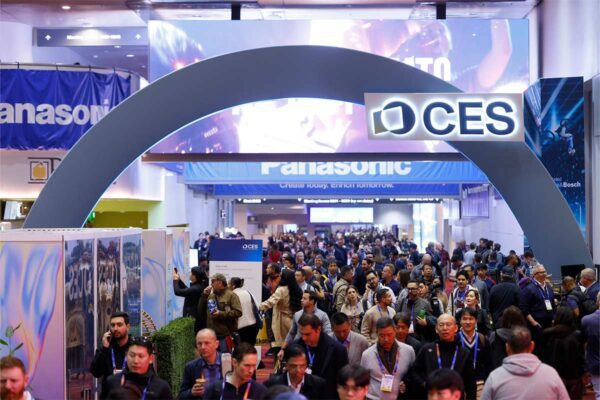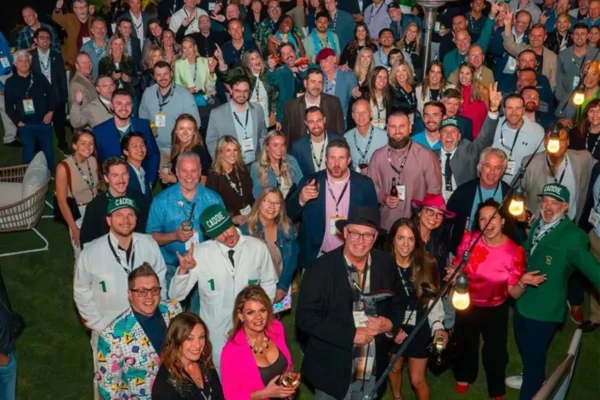Well, I can now say that I have witnessed the coming death of the business world as we know it. Let us all hope and pray the procurement departments that dreamed up reverse e-auctions as a method of selecting suppliers and partners do not take over the world. I’ll be looking for early retirement. And if you want to know how I really feel, read on …
We recently participated in our first reverse e-auction. For those of you that have not had the ‘pleasure’of participating in this new method of RFP response, allow me a moment to describe what can only be considered barbaric in terms of business methods.
Basically, this on-line auction pits competitive bidders against each other to see who will bid the lowest number and therefore ‘win’ the privilege of doing business with the end client. Skill and ability? Not required. Industry experience? Not an issue. Intellectual capital?
Not necessary. Value-added services? Don’t need them.
We were one of five companies that submitted electronically-written responses to an RFP issued by a large global company in early November. The RFP consisted of three parts; storage of exhibit properties, management of their show program, both large and small shows and a combined bid for parts one and two.
For the auction, there were three lots to bid on, matching the three parts of the RFP. On the screen we saw the current “best (lowest) bid” and our current bid. We could not see our competitor’s bids, or what they were bidding, unless it reduced the best bid.
We also saw our rank among bidders. What is also interesting and frightening about this is there was nothing visible to prove the client host wasn’t also bidding against us to bring down the bid.
For Lot 1, storage of exhibit properties, bidding opened with a best bid 20 percent lower than ours. We were ranked second. For the 30 minutes this bid was open the best bid never changed. We did, however, reduce our bid by a few percentage points just to show we were actively interested. We ended up ranked second.
For Lot 2, the tradeshow program, bidding opened with small shows at less than half of our bid and large shows at about one-third of our price. None of us could figure out how anyone could do the large shows at that price, unless of course, you were a very large supplier and were offering freight, drayage and labor for free.
In an effort to move ourselves up from fifth in rank, we reduced our bid by 10 percent. No change. We went to a 15 percent reduction. No change in rank. So, in an effort to just make a dent in the rank we cut it to below our cost. That got us to a fourth place ranking.
For Lot 3, the combination of the two, we jockeyed a little more, but ended up ranked second on storage, third on small shows and fourth on large shows, for a combined ranking of third. The winning bid for Lot 3 was about 30 percent less than our bid.
I am amazed at how low these bids went. Knowing most of who we were competing against, I cannot imagine how anyone could present such low numbers. Every one of these competitors knew the end client and knew their method of doing business. I have to believe this is another case of large companies bundling their services so that the rest of us cannot compete.
The sad part of this is that while the procurement boys at this company are tooting their own horns about how much they saved, the folks in the trenches that now have to deal with what was bid just lost big time.
We were not permitted to present in person, so the client’s marketing team never met any of the bidders. There were no facility tours, even though the RFP asked specific questions about warehousing capability.
No discussions on tradeshow marketing expertise, no presentation of value-added services, no experienced face-to-face marketing teams wanting to help them improve the measurement of their tradeshow objectives.
All of the things we pride ourselves on as an industry, our face-to-face marketing expertise, our vast experience on the show floor, our attention to detail and exemplary client service, take a back seat to the lowest bid price.
I know our company is not the least expensive in our market, and I also know we are not the most expensive; however, when the winning bid in this e-auction is well below our cost, I just have to wonder what the client is really getting.
What’s more, when I see this lack of value put on the intellectual capital which companies like ours bring to the table on behalf of our clients, it is even more frightening. We are not mass producing widgets here; there is real value to what we can do for our clients, if they let us. Let’s hope this is not a preview of things to come in this new economy. It if is … there is nothing I can add to the equation.
I’m out of here!
See you on the show floor.
Jim Obermeyer has been in the tradeshow industry 29 years, both as a corporate tradeshow manager and exhibit house executive. He is a partner in the tradeshow and event marketing firm Reveal. He can be reached at jobermeyer@revealexhibits.com.
| Home |
| People on the Move |
| National News |
| International News |
| Opinions |
| Tradeshow Calendar |





























